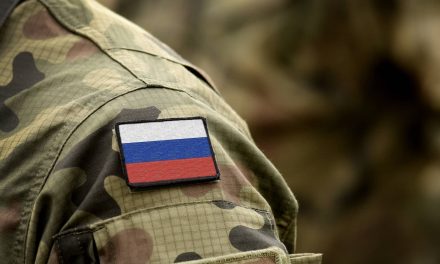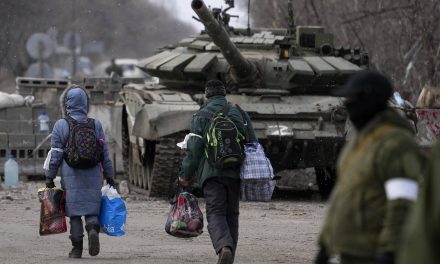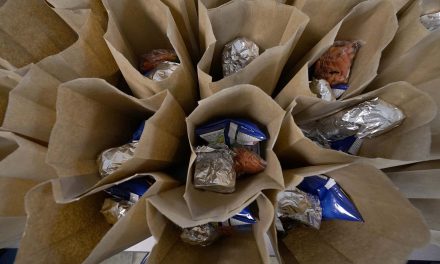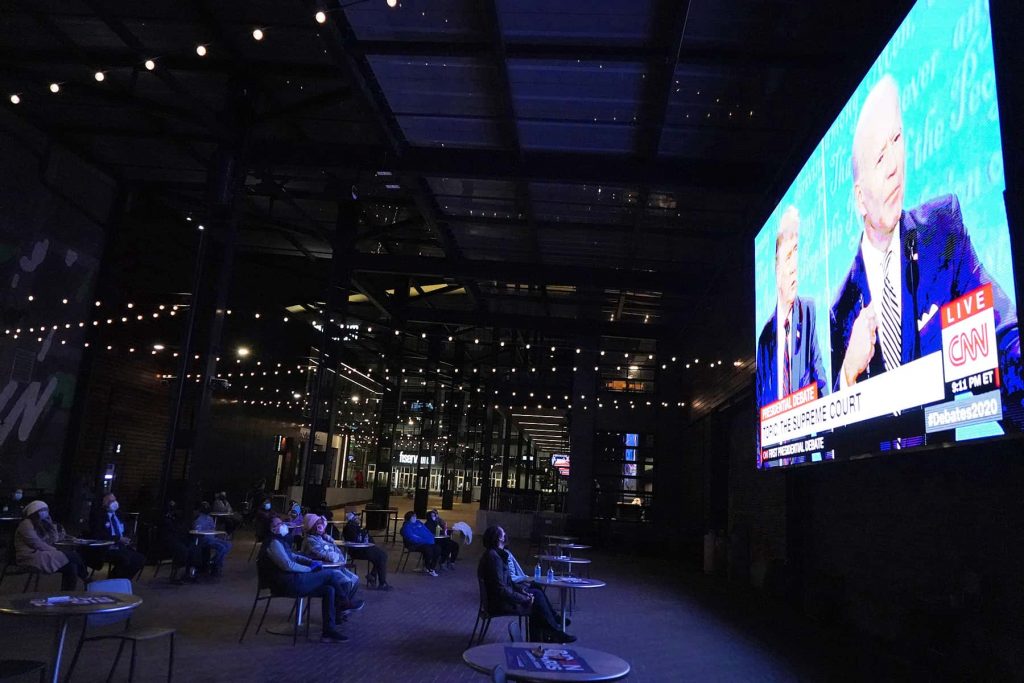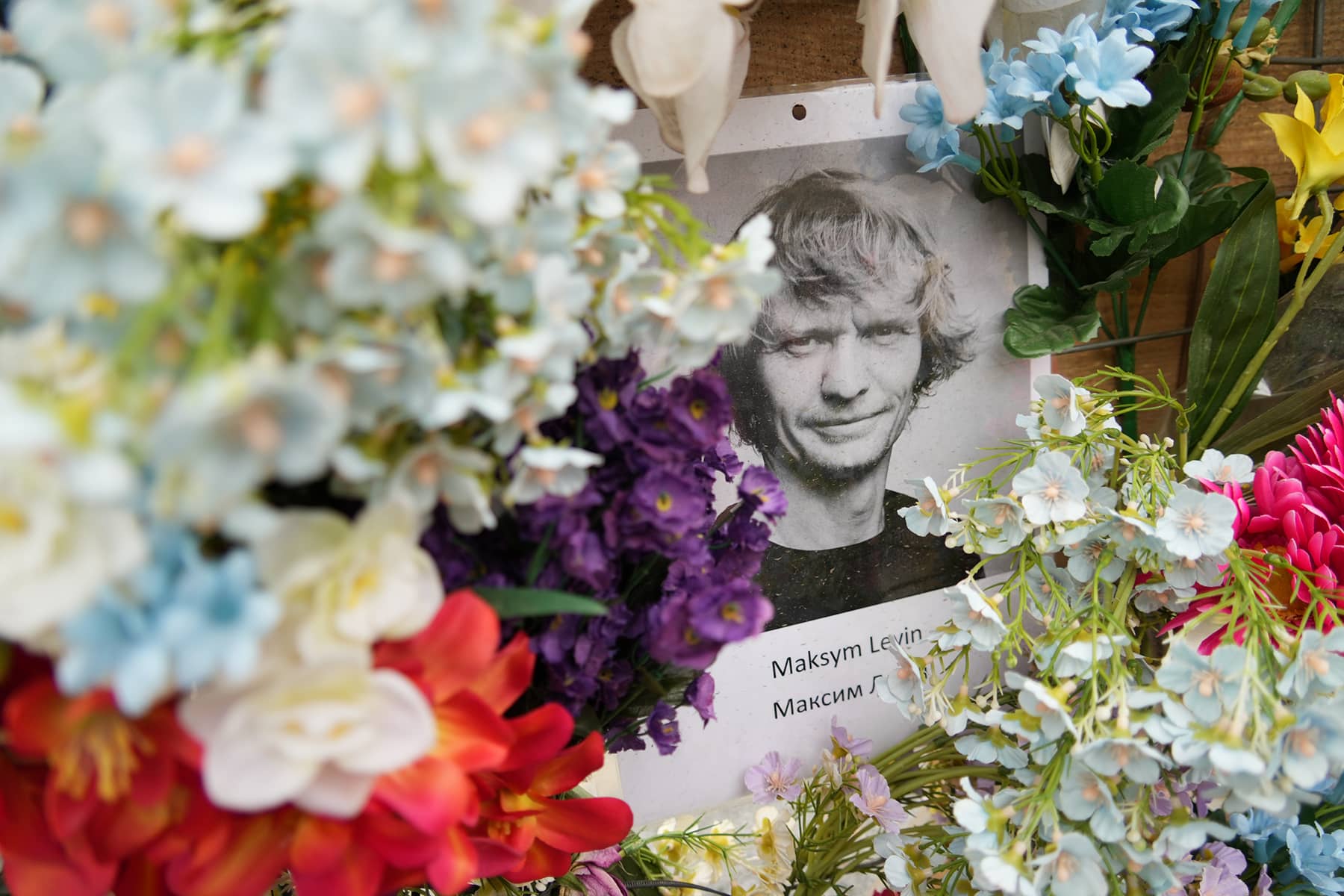
A Ukrainian photojournalist and a soldier accompanying him who were killed in the first weeks of Russia’s invasion of Ukraine appear to have been “coldly executed” by Russian troops, Reporters Without Borders has concluded following an investigation into the killings.
The bodies of Maks Levin and serviceman Oleksiy Chernyshov were found on April 1 in a forest near Huta-Mezhyhirska, a village 30km (19 miles) north of the capital, Kyiv. The press freedom group speculated that Levin may have been searching Russian-occupied woodlands for his missing image-taking drone.
Reporters Without Borders said the journalist was wearing a blue armband similar to those worn by Ukrainian soldiers. He had on occasion shared information gleaned from his drone, including about Russian positions, with Ukrainian forces.
“But the use of his drone was first and foremost a journalistic endeavor, confirmed by his entourage and shown by the images sold to the media since the start of the Russian invasion,” the press freedom group said in a report (PDF) published on Wednesday.
Levin and Chernyshov were last heard from on March 13. A GPS tracker in their vehicle gave their last position, in woods north of Kyiv. The 40-year-old photographer lost his drone in the area on March 10 and had not been able to recover it because of Russian fire.
Reporters Without Borders counted 14 bullet holes in the burned hulk of their car, which had been set on fire. Levin’s body was lying on its back with no burn marks. Three bullet impacts were visible, one in the chest and two in the head.
A Ukrainian team with metal detectors also uncovered a bullet buried in the soil where Levin’s body had lain. “He was probably killed with one, perhaps two bullets fired at close range when he was already on the ground,” the report said.
Disused Russian positions, one of them still booby-trapped, were found close by, as well as a jerrycan for petrol, the remains of food rations, cigarette packets and other litter seemingly left by Russian soldiers.
Some of Levin and Chernyshov’s belongings, including the soldier’s ID papers and parts of his bulletproof vest and the photographer’s helmet, were also recovered.
This amounts to material evidence of “Russian presence very close to the crime scene,” the group said in its report, adding that the findings “show that the two men were doubtless coldly executed.”
Prosecuting crimes against the media
Ukrainian judicial authorities and the International Criminal Court are investigating the deaths of journalists reporting on the Russian invasion. At least 110 media outlets have been forced to stop or suspend operations and 32 journalists have been killed since the start of the war on February 24, Ukrainian authorities said.
The evidence collected by Reporters Without Borders as part of its investigation, which comprises dozens of photos taken when the crime scene was discovered, has been handed to Ukrainian investigators. The group said it was unable to confirm whether the men’s bodies have been autopsied – a step it called essential for the investigation into their deaths.
The group identified the Russian Guard’s 106th airborne division or a special forces unit as the likely culprit for the killings, but called on Ukrainian defense and intelligence agencies to provide investigators with information about Russian units that had occupied the area during Moscow’s failed assault on Kyiv.
Lee Matz
Originally published as Ukrainian journalist ‘coldly executed’ by Russian forces: Report

